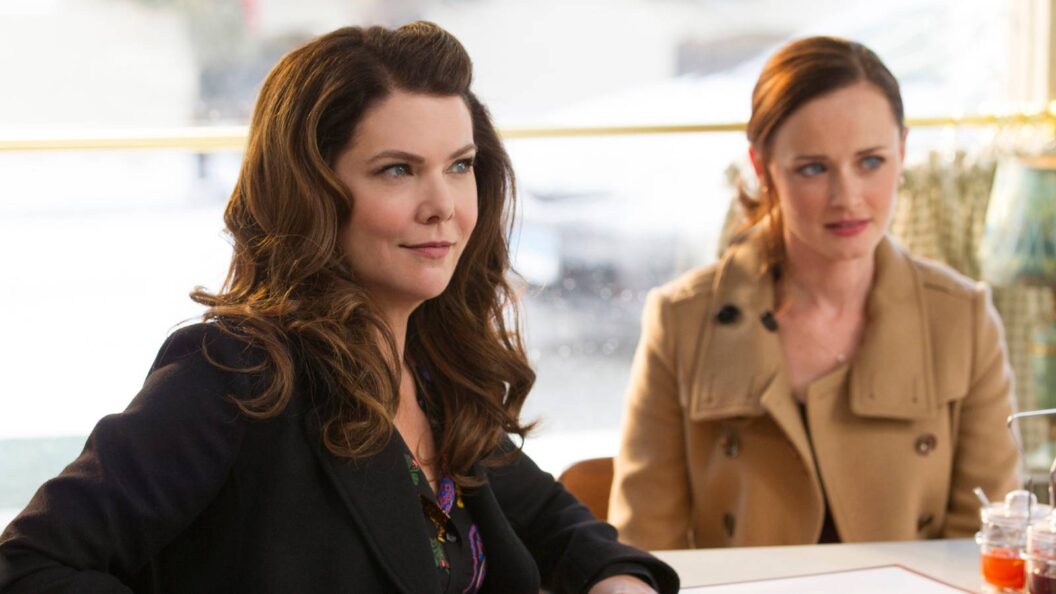Lauren Graham Reflects on the Conclusion of Gilmore Girls: A Year in the Life
Nearly nine years after the release of Netflix’s Gilmore Girls: A Year in the Life, star Lauren Graham has spoken out in defense of the series’ contentious finale. The limited sequel series not only sought to revive the beloved show but also provided creator Amy Sherman-Palladino a chance to conclude the story according to her original vision. This culminated in the infamous last line: "Mom? Yeah? I’m pregnant," delivered by Rory (Alexis Bledel) during a moment shared with her mother Lorelai (Graham) in Stars Hollow’s iconic gazebo.
A Polarizing Reception
In a recent conversation with Variety, Graham expressed her confusion over the negative reactions to the revival, saying, "The good news and bad news finds its way to you. But I don’t exactly understand why [AYITL was polarizing]. I was having the time of my life." Her commitment to the project mirrored the joy she felt while working on it, indicating a dichotomy between the cast’s experience and audience interpretation.
When it first aired, much of the criticism focused on Rory’s character, who had diverged significantly from the ambitious journalist viewers had come to know. Instead of a successful career path, Rory was portrayed as a drifting individual entangled in an affair with her former love, Logan Huntzberger (Matt Czuchry), presenting a stark contrast to her confident persona in the original series. The show’s ambiguous timeline left audiences speculating about the father of her child, with the narrative hinting that it was likely Logan.
Defending the Ending
Graham is not alone in her defense. Recently published memoirs by fellow cast member Kelly Bishop, who played matriarch Emily Gilmore, echo her sentiments, suggesting that the series’ cliffhanger—while frustrating for some—sparked fascinating conversations among fans. Bishop described the ending as "more interesting than infuriating," as it allowed viewers to debate Rory’s future and the repercussions of her circumstances.
Sherman-Palladino herself clarified her intentions with the ending, saying, "We weren’t going for a happy ending… it’s open-ended because life is open-ended." This perspective suggests that the complexities of life extend beyond tidy conclusions, a theme prevalent throughout both the original series and the revival.
The Significance of Unresolved Stories
The final moments of A Year in the Life effectively tie Lorelai and Rory’s journeys together, hinting at the cyclical nature of their lives. Graham, Bishop, and Sherman-Palladino have indicated that the unresolved threads were intentional, highlighting the ongoing struggles and uncertainties inherent in life. However, the “realism” of Rory’s fate has raised questions about her character development and whether it aligns with the values that Lorelai aimed to instill in her.
Critics have pointed out that the series may have unfairly reflected the storyline of a privileged young woman experiencing a setback that mirrored her mother’s early struggles. Fans were left to wonder if Rory’s story was a true reflection of growth or merely a regression to past mistakes.
Final Thoughts
These discussions about Gilmore Girls: A Year in the Life illustrate not only the enduring impact of the series but also highlight the complexities involved in crafting narratives that resonate deeply with audiences. While the revival succeeded in completing Sherman-Palladino’s vision, it also challenged viewers to confront their expectations about character development and narrative closure. As Graham suggested, the creators clearly viewed the characters’ journeys through a different lens than the audience, focusing on authenticity rather than superficial resolutions.
In the end, Gilmore Girls: A Year in the Life provokes rich dialogue about life’s unpredictability and the myriad ways stories can be interpreted, demonstrating that not every narrative need culminate in a conclusively happy ending. Available on Netflix, the series continues to spark conversation and reflect the intricate realities of its characters’ lives.









